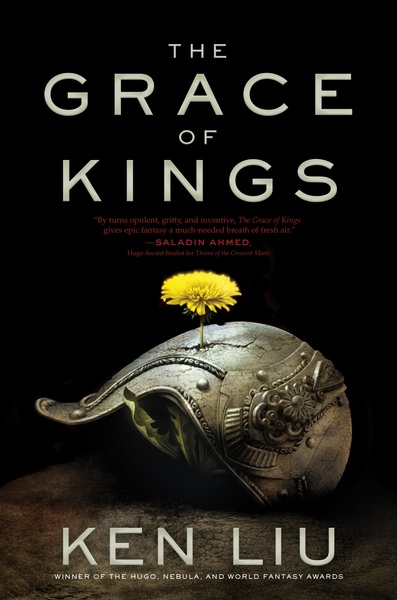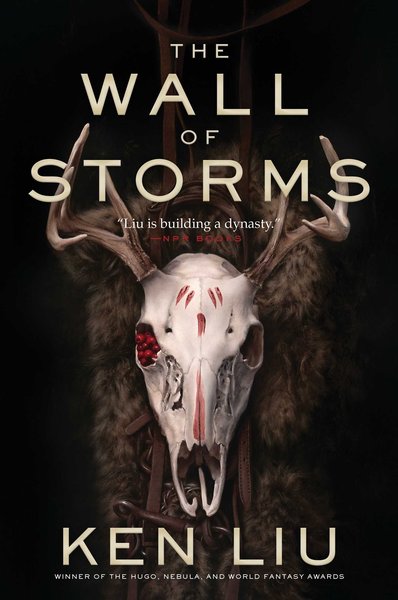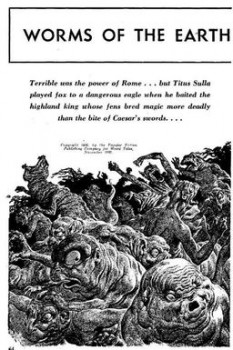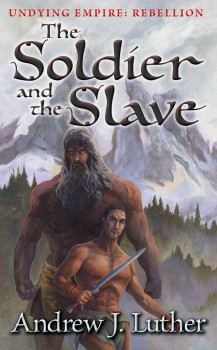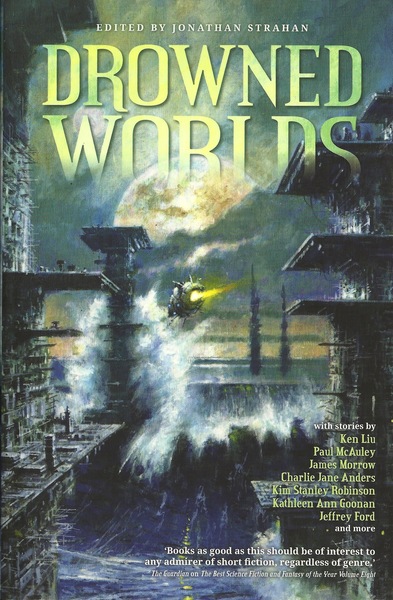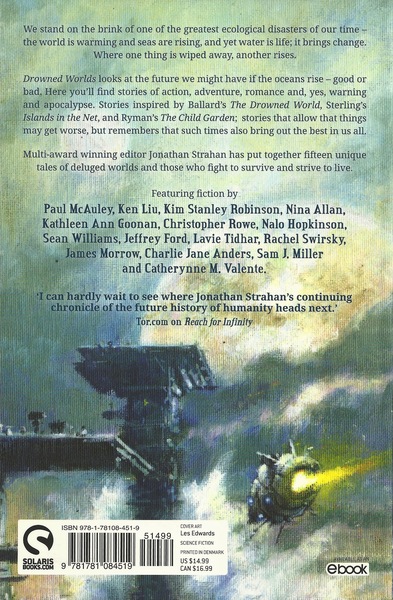John DeNardo’s Savory Selection of Science Fiction and Fantasy for October
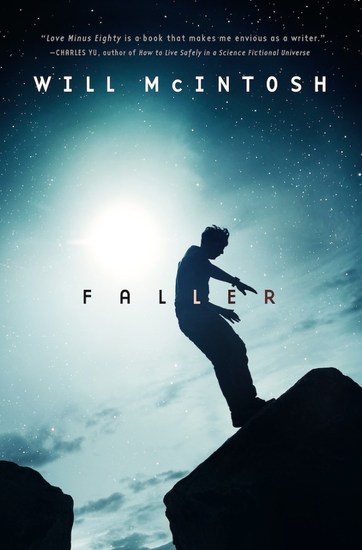 |
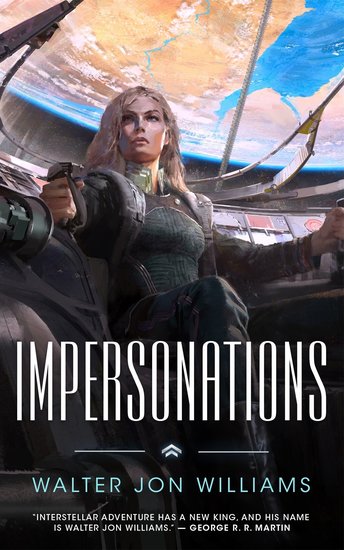 |
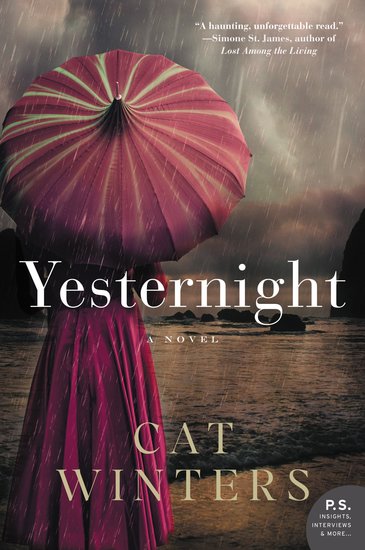 |
Over at Kirkus Reviews, the tireless John DeNardo itemizes the 13 “must-read science fiction and fantasy books being released in October.” And John reads even more than I do, so he should know. Here he is on Faller by Will McIntosh, which will be released by Tor Books on October 25.
The people of the world find themselves on floating islands of rock, with no memory of who they are, how they got there, or what happened. A man calling himself Faller discovers in his pocket a photo of himself with a woman… thus prompting him to find the woman he can no longer remember… This science fiction thriller starts with a mystery that will make you not want to put the book down.
And Impersonations by Walter Jon Williams (Tor.com, October 4).
After the fall of an evil empire that subjugated both humans and aliens, a hero emerged from the civil war that followed. But Caroline Sula offended her superiors by winning a battle without their permission, and now she is posted to old Earth to keep her quiet. But the powers that be aren’t content; someone is manufacturing evidence that would lead to her false imprisonment… This is a sweeping space opera with an emphasis on adventure.
And Yesternight by Cat Winters (William Morrow, October 4).
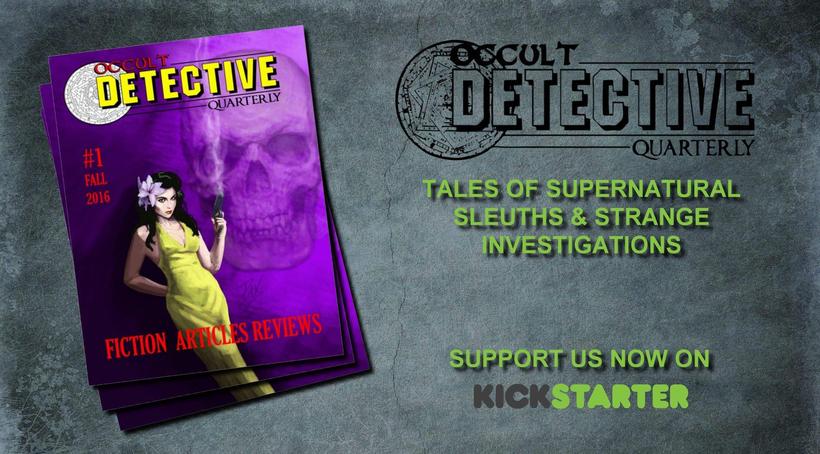
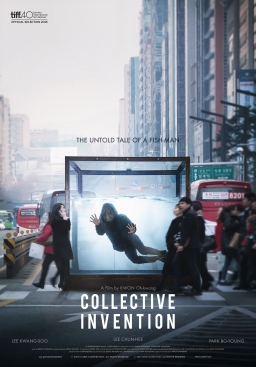 By July 29, the sixteenth day of the Fantasia Festival, I was beginning to feel exhausted. I’d had some thoughts of watching three movies that Friday, but in the end could only manage two. I made it down to the Hall Theatre in the afternoon to watch the Korean satire Collective Invention (Dolyeonbyuni), then came back right after for the raucous Japanese comedy Too Young To Die! (Too Young To Die! Wakakushite Shinu). Neither struck me as flawless, but both in different ways were interesting experiences.
By July 29, the sixteenth day of the Fantasia Festival, I was beginning to feel exhausted. I’d had some thoughts of watching three movies that Friday, but in the end could only manage two. I made it down to the Hall Theatre in the afternoon to watch the Korean satire Collective Invention (Dolyeonbyuni), then came back right after for the raucous Japanese comedy Too Young To Die! (Too Young To Die! Wakakushite Shinu). Neither struck me as flawless, but both in different ways were interesting experiences.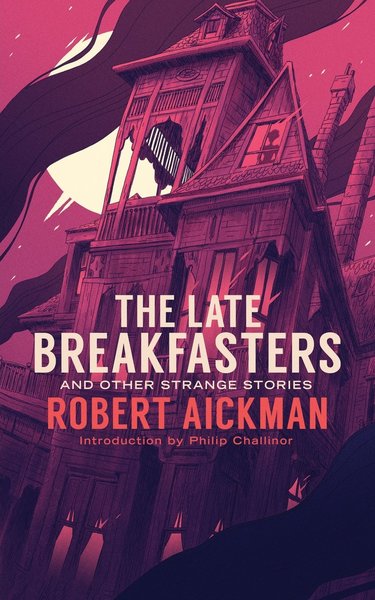
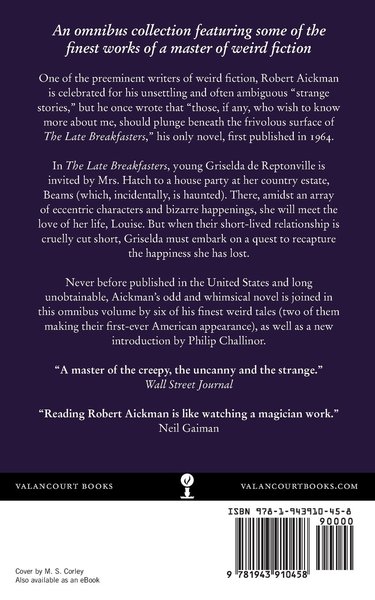
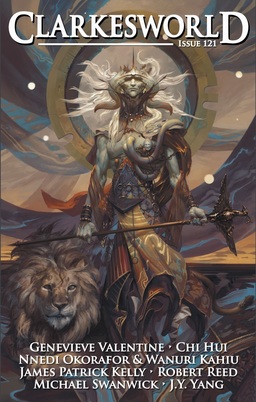
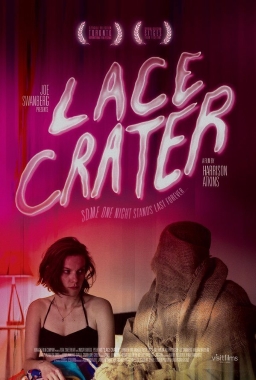 At 7:30 PM on Thursday, July 28, I was in a seat in the De Sève Theatre waiting to see a screening of an American independent horror-comedy called Lace Crater, about a woman who catches a venereal disease from a ghost. After that I’d cross the street to the Hall theatre for a showing of the Iranian horror movie Under the Shadow. I wasn’t entirely sure what to expect from either film, which from experience I knew was often the best way to come to a screening at Fantasia. I was pondering this when the lights went down and Adam Kritzer, producer of Lace Crater, was introduced to the crowd. He thanked us for coming, and urged all of us in the audience to turn to our neighbours, whether we knew them or not, and say whether we believed in ghosts. There was an aisle to my left. I glanced to my right. The man beside me shrugged. “Not particularly,” he said in French. “Same here,” I replied.
At 7:30 PM on Thursday, July 28, I was in a seat in the De Sève Theatre waiting to see a screening of an American independent horror-comedy called Lace Crater, about a woman who catches a venereal disease from a ghost. After that I’d cross the street to the Hall theatre for a showing of the Iranian horror movie Under the Shadow. I wasn’t entirely sure what to expect from either film, which from experience I knew was often the best way to come to a screening at Fantasia. I was pondering this when the lights went down and Adam Kritzer, producer of Lace Crater, was introduced to the crowd. He thanked us for coming, and urged all of us in the audience to turn to our neighbours, whether we knew them or not, and say whether we believed in ghosts. There was an aisle to my left. I glanced to my right. The man beside me shrugged. “Not particularly,” he said in French. “Same here,” I replied. 